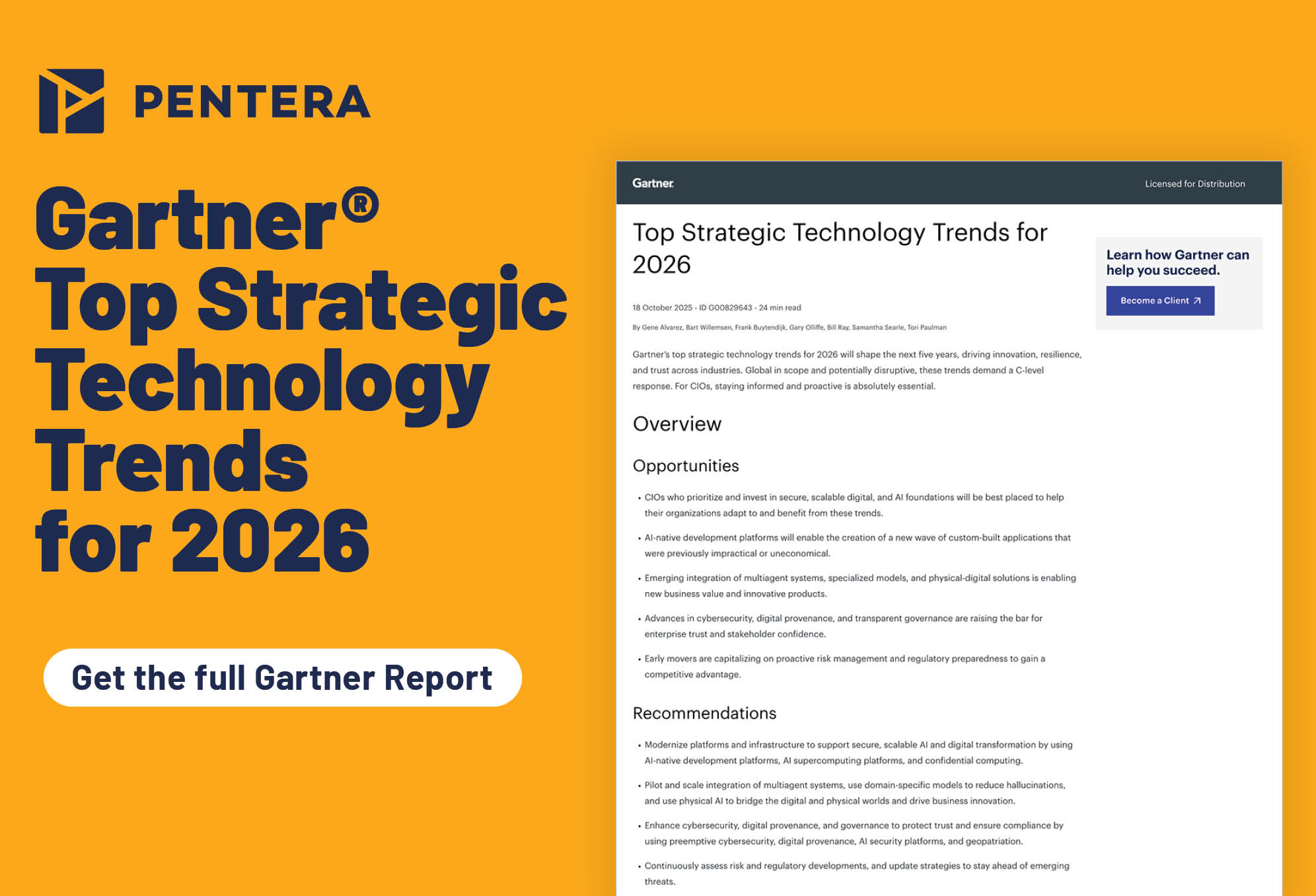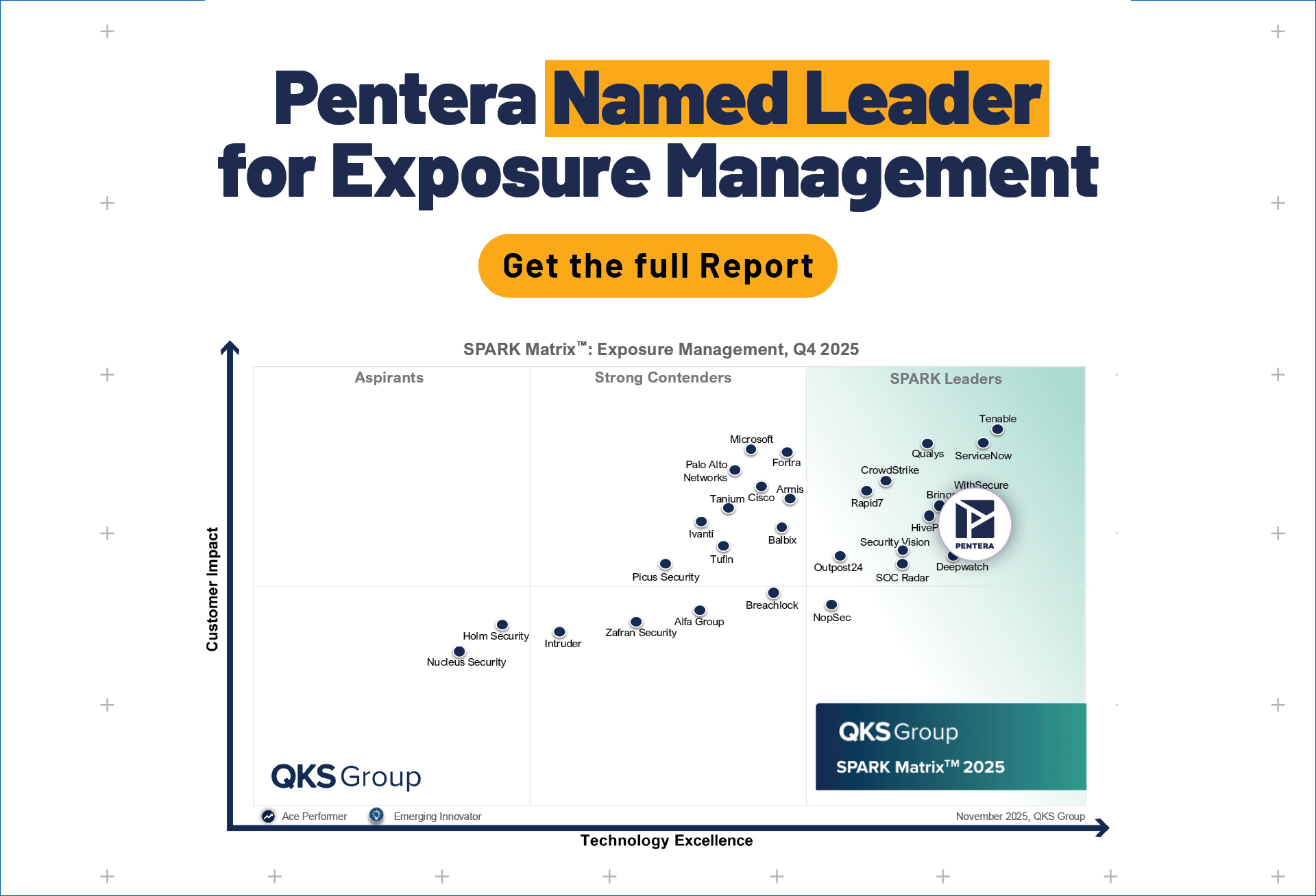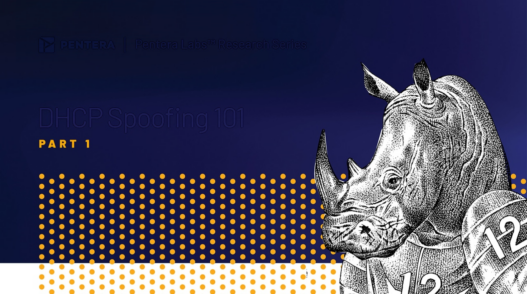External Attack Surface Management (EASM) tools have been around for some time, but only recently has Gartner recognized this category as a top trend to watch. So, why is this the right time for EASM to gain prominence?
The answer lies in the relentless growth of digital footprints across enterprises.
As IT environments become more complex, organizations face the constant challenge of identifying and addressing new security risks. The hybrid work model, along with a steady increase in cloud-based and on-premises applications, continuously introduces new attack surfaces while altering existing ones. Even small additions to this footprint can weaken security controls and undermine data protection.
We know that all it takes is one vulnerability to result in a breach. If an attacker exploits a single blind spot, it can lead to a costly incident with wide-reaching consequences.
What is External Attack Surface Management (EASM)?
EASM enables organizations to discover and document external-facing assets that could serve as entry points for attackers. Specifically, EASM provides visibility into applications, cloud services, and systems exposed in the public domain. These tools allow security teams to identify misconfigurations, optimize their setup, and reduce unnecessary exposure.
When paired with vulnerability assessments and threat intelligence, EASM becomes a powerful tool for prioritizing critical mitigation efforts. Techniques like securing air-gapped networks and mitigating Wi-Fi vulnerabilities demonstrate how proactive ASM strategies can address exploitable attack vectors. Key capabilities include:
- Cloud security and governance
- Data leakage detection
- Third-party security monitoring
- Subsidiary security monitoring
- Cyber insurance due diligence
Given its potential to address these critical areas, Gartner has listed EASM as one of its top security trends for 2022.
The Role of EASM in an Integrated Security Program
While EASM is valuable, identifying assets alone doesn’t guarantee security. Security leaders must also understand the vulnerabilities within these assets and evaluate their exploitability. This involves thinking like an attacker to understand what could be achieved if a vulnerability is exploited.
EASM becomes most effective when paired with complementary security measures, enabling organizations to visualize their entire attack surface—both internal and external. This holistic view allows security teams to better test controls, prioritize threats, and manage risks in real time.
Consolidating Security Efforts with Automated Security Validation (ASV)
Organizations are increasingly consolidating their security strategies by integrating EASM, penetration testing, Breach & Attack Simulation (BAS), and other measures through Automated Security Validation (ASV). This approach enables continuous evaluation of security layers while emulating real-world attack scenarios to uncover gaps and weaknesses.
Automated Security Validation contextualizes findings by determining the exploitability of vulnerabilities. By focusing remediation efforts on gaps with the highest potential business impact, organizations can efficiently reduce risk. This consolidated approach empowers security teams to:
- Visualize and assess their exposure.
- Focus on actionable vulnerabilities.
- Prioritize remediation efforts for maximum impact.
With Automated Security Validation, organizations gain the knowledge needed to outpace attackers and improve their overall security posture.
Learn More About External Attack Surface Management
As you build your security program, leveraging EASM tools is an essential step. For more insights into EASM and how it complements a comprehensive security strategy, explore our Pentera Surface solution.
By adopting solutions like EASM and ASV, organizations can address their vulnerabilities proactively, protect their digital assets, and stay ahead of evolving threats.






